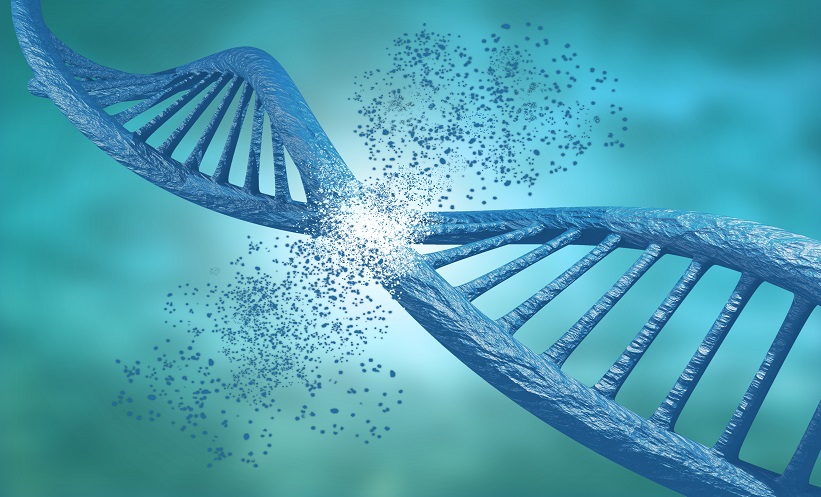A recent study has provided new insights into the immune microenvironment of Multiple Myeloma (MM), highlighting key changes that could pave the way for more effective immunotherapies. MM remains a challenging disease due to the eventual relapse of patients, underscoring the need for a deeper understanding of the tumour-immune interactions that drive resistance to treatment.
In this research, scientists developed a detailed single-cell RNA sequencing atlas of the MM tumour microenvironment (TME) using the immunocompetent 5T33MM mouse model. The study mapped immune cell changes in the bone marrow and spleen across various stages of disease and compared these findings to data from human MM patients. This allowed researchers to identify significant immune alterations as the disease progressed.
The study revealed that the MM-TME was characterised by an accumulation of T cells exhibiting an exhausted phenotype, suggesting immune evasion. Neutrophils, initially appearing benign, adopted a pro-tumorigenic role as the disease advanced. Conventional dendritic cells (cDCs) also showed signs of dysfunction, hinting at the potential for immune-boosting therapies.
One promising approach tested was anti-CD40 (αCD40) therapy, which successfully activated cDCs and T cells, leading to a short-term anti-tumour response in both murine and human samples. The findings suggest that therapies targeting these immune populations could help overcome resistance and improve patient outcomes.
This comprehensive immune atlas offers valuable insights into MM progression and may guide the development of more durable immune-based therapies, potentially transforming treatment strategies for this challenging blood cancer.
Reference
Verheye E et al. A single-cell transcriptomic map of the murine and human multiple myeloma immune microenvironment across disease stages. J Hematol Oncol. 2024;17(7):107.







